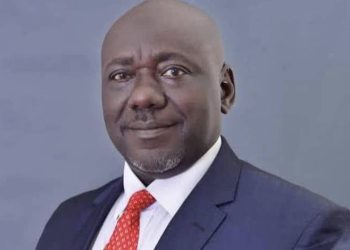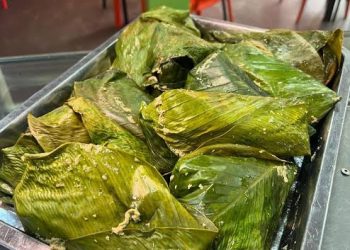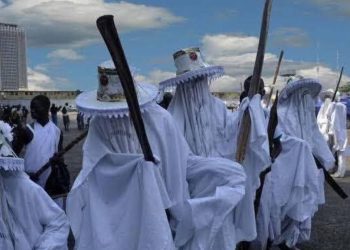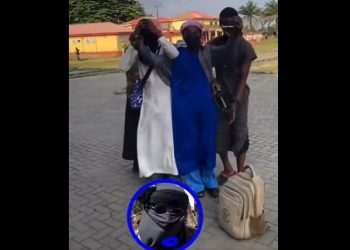Slavery has been one of the vices of society that has followed along as the years went by. It can’t be said when it started as there are even biblical records of this societal menace.
A slave is a person who is owned by another person and forced to perform tasks for his or her owner.
Introduction
So many people have been oppressed by slavery and many stories have been told. Some are particularly gruesome others heroic. One such story is the story of Pata Seca, an African slave who was taken into slavery in Brazil at a very young age.
His real name is Roque José Florêncio with Pata Seca being a nickname given to him meaning Dry foot. Its meaning and significance are not known but it has something to do with his time working barefooted in the fields.
The Slave Breeder
As a young man filled with vitality, Roque José Florêncio was forced to engage in menial labour and was used as a sex slave. Simply put he was forced to procreate with other slave women to produce children who would be slaves from birth.
This led him to sire over 200 children in his lifetime. According to reports from his descendants, Pata Seca was a huge man with a height of seven feet and a weight of about three hundred pounds.
This should be one of the major reasons why he was used as a sex slave as they most likely thought he would be able to yield strong children. Besides this, there was also a rumour going around at the time that men who possess thin calves tend to have a higher chance of producing a male child.
The likelihood of this being true is low however because science has shown that giving birth to male children is not dependent on physical characteristics.
Pata Seca: Fight for Freedom
Pata Seca was a natural-born leader with the wits to accompany his strength, he successfully helped many slaves to escape bondage and oppression taking them to safe houses called quilombos. Where they stayed free from the bondage of their captors.
Pata Seca and his children
His descendants are spread throughout the world, especially in Brazil. Although he was quite a busy man what with his forced labour and duties as a sex slave, he took time to train his children in their native language, educated them in writing and reading as best as he could and taught them of their native culture as such he was loved by his children and some of them even grew to take over from him as a freedom fighter, heralding campaigns to abolish bizarre and inhumane slave practices.
Family and Siblings
When asked about his Parents and siblings, Pata Seca’s descendants said that when he recounted his time with his parents and siblings to them he had said that the memories were very vague. He was taken to slavery at such an early age that he forgot what his parents looked like, how many siblings he had, and even how his mother’s voice sounded.
Married Life
Roque José Florêncio got married to his wife Palmira in a place called Pernambuco. Out of his over 200 children, only nine came from the union between him and his wife. The rest were born out of breeding with slave women to produce slave children.
His Descendant
Due to his fathering over 200 children during his time, currently, in this age and time up to 30% of the current population of Santa Eudoxis Sao Carlos find their ancestral roots tracing back to him. Even now so many years from when he was alive, his descendants are still looking for more of their kin scattered around the world.
Pata Seca’s Death
Following his death on the 13th of June 1958, Roque José Florêncio completed 130 years of living. Another remarkable feat he pulled off. No doubt his immense longevity was one of the reasons he was able to father so many children. Considering the amount of danger he faced in his life, he had a rather peaceful death, simply passing away on his bed after living a long life.
Pata Seca’s Legacy
On the 13th of June every year, his children gather together in memory of him. They try to preserve his legacy as much as they can so that the hardship and suffering that he along with other slaves will not be lost in the sands of time. However this has proven to be very difficult as during his time on Earth, documentation was a very hard process to carry out and now that documentation has been made easy, he is no longer alive to recall his experiences causing much vital information to be lost.
The life of Pata Seca
During his lifetime, Roque José Florêncio (Pata Seca) experienced a lot of things. He saw the negative impacts of both World War I and World War II making him one of the few people who saw the effects of both wars. He also saw the public abolition of the slave trade in Brazil in 1888. This must have been a very big relief to him as he had worked tirelessly to ensure that many slaves had escaped from the oppression of their masters, sending them to various safe houses (quilombos) around Brazil.
Conclusion
Pata Seca is one of the pillars of slavery abolition in Brazil. An iconic figure whose life stood as a beacon of hope to other slaves due to his attempt to help them escape their oppression. While slavery might not have been eradicated from the world. The work that Pata Seca and many people like him put in place yielded good results as the rate of slavery in the world has reduced drastically compared to the past. Do you know any more facts about Pata Seca? Let us know in the comment section below.





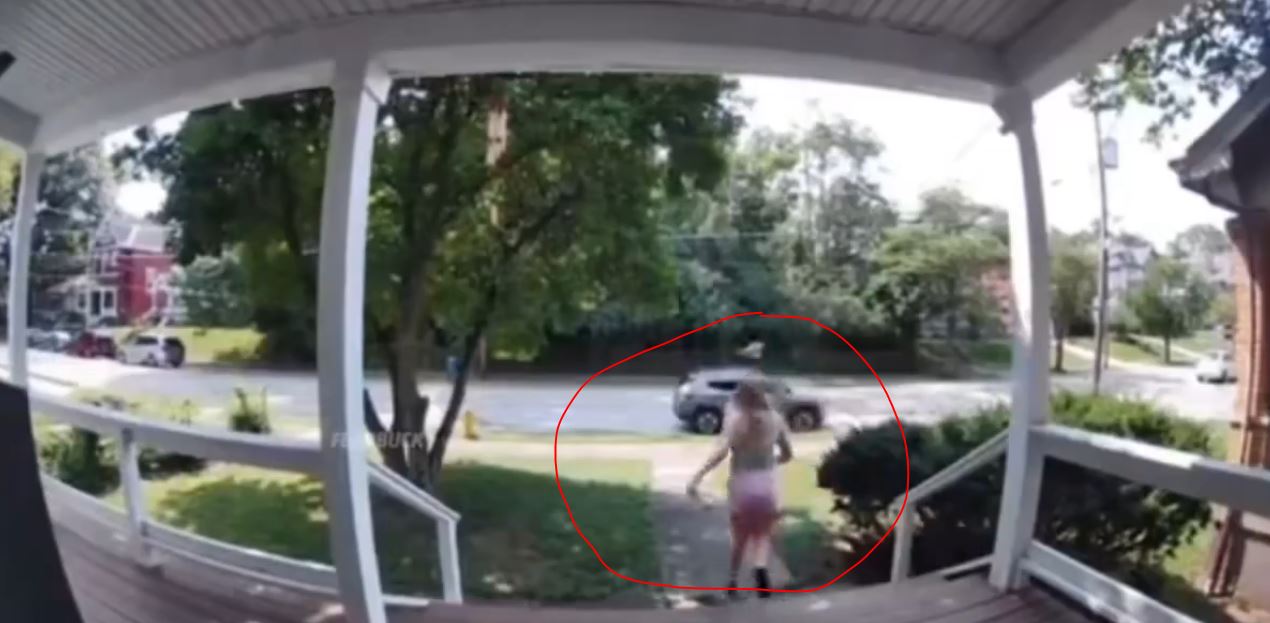







![TikToker Peller Hospitalised After Suicide Attempt Following Breakup With Girlfriend Jarvis [VIDEO]](https://bestlagos.ng/wp-content/uploads/2025/12/Blank-2-Panel-Portraits-Comic-Strip_20251214_173158_0000-350x250.jpg)

![Terrifying Uber Ride: Lady Panics After Discovering Broken Door Lock Mid-Trip [VIDEO]](https://bestlagos.ng/wp-content/uploads/2025/12/White-Modern-Fashion-Trends-Photo-Collage_20251211_085520_0000-350x250.jpg)

